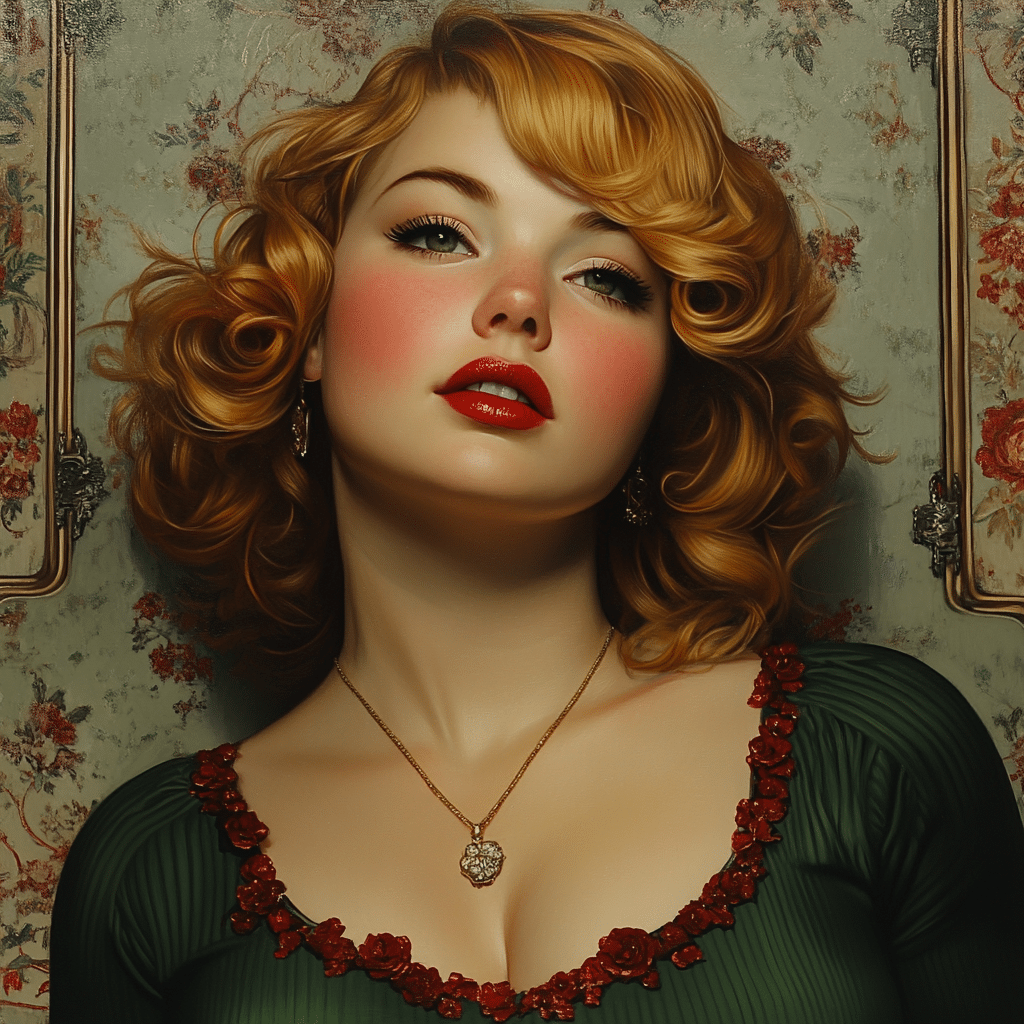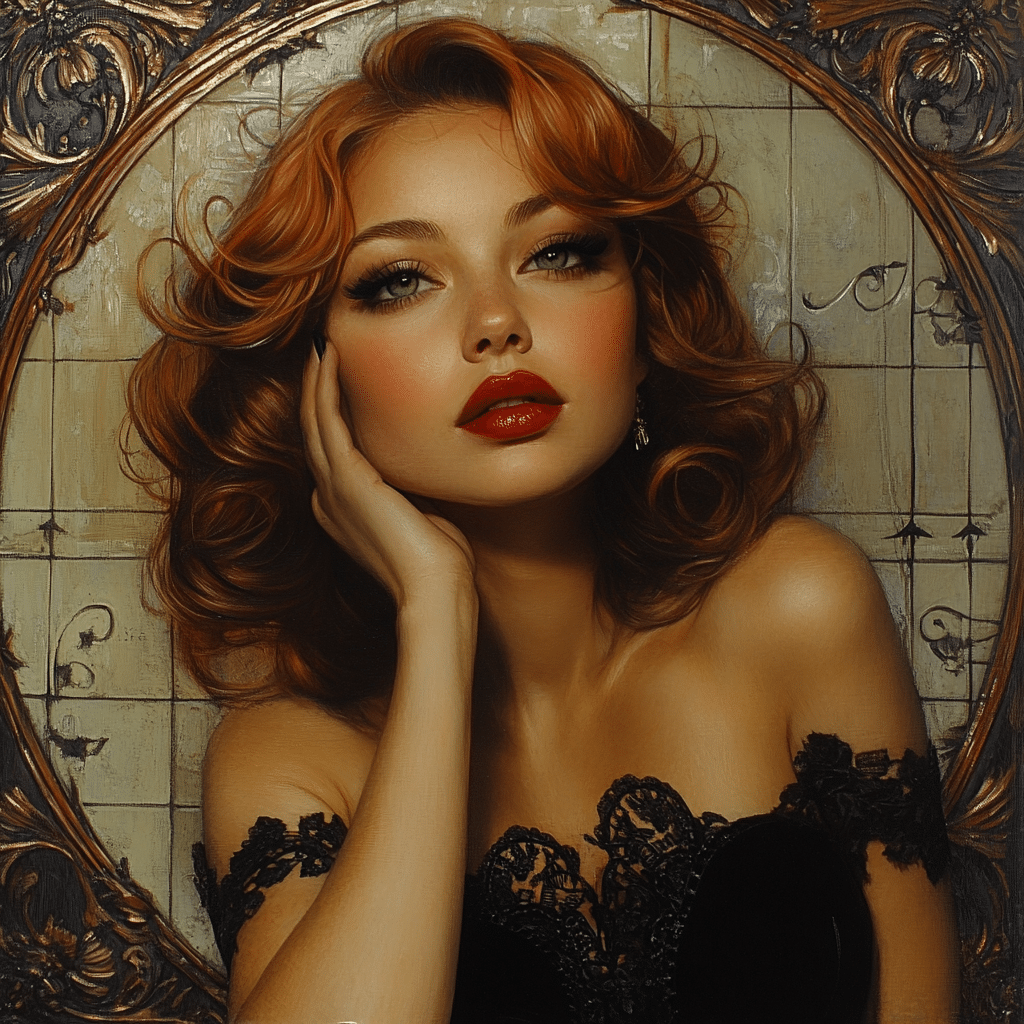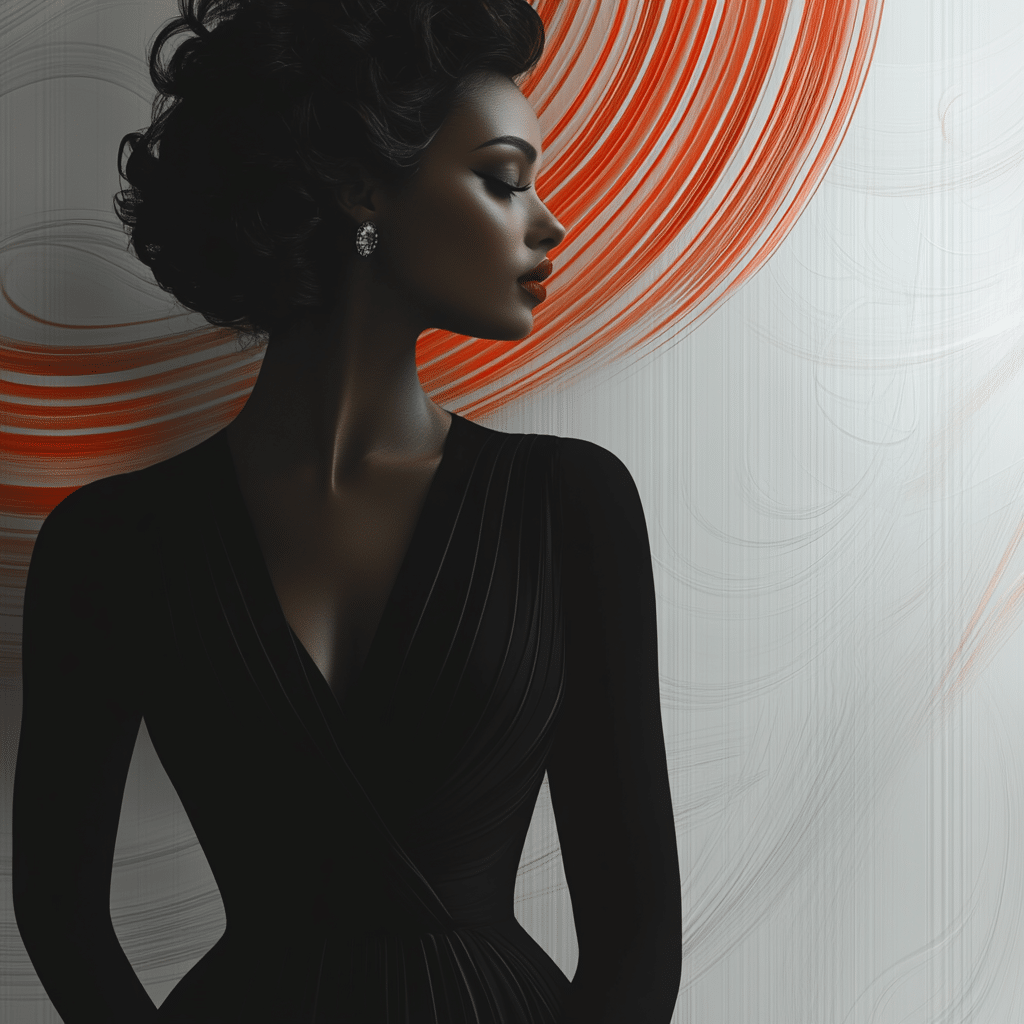
Rubenesque Beauty And Brilliance In Art History

Exploring the rubenesque Aesthetic in Art
The term “rubenesque” goes beyond merely describing fuller figures; it encapsulates a deeper appreciation for voluptuous beauty that intertwines with various eras and styles. In the art of Peter Paul Rubens, we witness an intentional portrayal of curvaceous bodies, rich hues, and vibrant compositions that breathe life into his canvases. By closely examining key works like “The Three Graces” and “The Garden of Love,” we uncover how Rubens’ love for the human form celebrates beauty in diversity, contrasting dramatically with the prevalent ideals of today.
Rubens, a baroque master, thickened his brushstrokes and infused his works with dynamic energy. He didn’t shy away from presenting fleshiness; instead, he embraced it, offering a stark contrast to the waif-like images circulating in modern advertising. His pieces serve as a visual manifesto advocating for a broader definition of beauty, showcasing figures that invite viewers to connect emotionally and intellectually. The “Venus de Milo,” while idealized, similarly echoes this sentiment, suggesting that beauty can transcend rigid boundaries, encapsulating ideals of love and grace that resonate across generations.
Ultimately, this exploration reveals that rubenesque beauty operates as a dialogue—a conversation across time about self-acceptance, body positivity, and diversity. By digging into Rubens’ art, we recognize that beauty, at its core, isn’t confined to a singular aesthetic but thrives within a spectrum that reflects the richness of human experience.

Top 5 Renowned Works Featuring rubenesque Figures
The allure of rubenesque figures isn’t limited to Rubens himself; many iconic pieces throughout art history embody this appreciation. Here are five essential works that spotlight rubenesque beauty:
1. “The Birth of Venus” by Sandro Botticelli
In “The Birth of Venus,” Botticelli portrays Venus in all her rounded glory, effortlessly exuding femininity. Although Venus may not be as voluptuous as Rubens’ figures, her lush curves symbolize fertility and abundance. This work stands as a celebration of womanhood.
2. “The Rokeby Venus” by Diego Velázquez
Velázquez’s “The Rokeby Venus” captures Venus reclining, her seductive posture paying homage to the beauty of rubenesque forms. This painting seamlessly continues the tradition set by Rubens, influencing future artists who would also appreciate sensuous figures.
3. “Sleeping Venus” by Giorgione
Giorgione’s “Sleeping Venus” showcases a serene female figure, emphasizing natural beauty over stylization. This depiction championed rubenesque representation at a time when societal standards of beauty began to shift, opening discussions on body image throughout art history.
4. “Large Reclining Nude” by Amedeo Modigliani
In “Large Reclining Nude,” Modigliani channels a rubenesque sensibility despite his signature elongation of figures. Here, the voluptuous curves of the female body resonate with the theme of femininity, showcasing the diverse expression of beauty within modern art.
5. “Venus de Milo”
The “Venus de Milo” stands as a timeless testimony to beauty, transcending conventional aesthetics through its portrayal of the female form. While it reflects an idealization, its significance lies in the influence it wields over countless artists striving to capture the allure of rubenesque figures, melding historical impact with ongoing exploration.
rubenesque Influence on Modern Art and Body Positivity
In today’s conversations about body image and representation, the rubenesque aesthetic continues to make waves. Artists like Jenny Saville and Lucian Freud draw from this tradition, intentionally challenging societal norms surrounding body size and beauty standards. Their works confront audiences with raw portrayals of humanity, highlighting the complexity of form, sexuality, and vulnerability.
Saville, known for her large-scale paintings, candidly showcases the beauty of the human body in its various shapes and sizes. Freud, with his attention to detail and focus on the imperfect, further scrutinizes the innate vulnerability tied to body image. Together, these artists tap into the rubenesque legacy—boldly insisting that beauty and merit can reside comfortably within all bodies, regardless of size.
This modern interpretation of the rubenesque style illuminates ongoing dialogues about acceptance and self-love. By insisting upon beauty as it manifests in reality, contemporary artists foster a mindset that not only challenges traditional ideals but also cultivates a culture where everyone can find themselves represented, much like the figures adorning the canvases of history.
Feminism and the Evolution of the rubenesque Image
The rubeenque ideal has intermingled with feminism across the various waves of the movement, revealing a rich tapestry of advocacy for body positivity. During the feminist movements, artists began to recontextualize rubenesque figures, using them to spark discussions around body politics within art.
One outstanding example lies in Judy Chicago’s “The Dinner Party,” which celebrates women’s bodies through an exhibit showcasing historical and mythical female figures. Each place setting embodies an appreciation for the beauty and strength of women in all their forms. Chicago’s work underscores the notion that rubenesque figures can reflect a powerful resilience against historical silencing.
Moreover, the evolution of the rubenesque image within feminist frameworks encourages us to rethink ideas about women’s roles in society. This shift invites a celebration of bodies that may fall outside mainstream standards, asserting that beauty can thrive in diversity—a principle echoed not just in art but across varied facets of modern life.
Analyzing Consumer Culture’s Reception of rubenesque Aesthetics
rubenesque beauty has gained traction in commercial realms, with various brands adopting fuller body types in their campaigns. Companies like Savage X Fenty and Aerie stand out as champions of body positivity, evoking the rubenesque ethos in their marketing strategies. Their work resonates with younger generations advocating for authentic representation.
Savage X Fenty, known for its diverse range of lingerie, vehemently promotes the message that all bodies are beautiful. Each campaign celebrates curves, utilizing models who reflect a wide spectrum of body types. Similarly, Aerie’s commitment to using unretouched photos in advertisements has sparked a movement toward genuine representation in fashion.
These modern brands not only promote rubenesque beauty but also forge pathways for societal change. They invite consumers to love their bodies as they are, encouraging acceptance and self-worth that transcends conventional beauty standards. In this light, the rubenesque tradition becomes a powerful tool for dismantling restrictive ideals and fostering an inclusive, embracing culture.
Embracing a Broader Definition of Beauty
The rubenesque tradition invites us to reflect critically on societal standards of beauty, advocating for a celebration of diversity. Just as Rubens masterfully depicted the rich textures of the human form, contemporary artists and commercial brands draw inspiration from this legacy, advocating for a more inclusive vision of beauty. This evolving narrative empowers individuals of all shapes and sizes to recognize their uniqueness.
Today, the rubenesque ideal serves as a mirror reflecting ongoing discussions about body acceptance and self-love. Its influence spans across art, feminism, and consumer culture, pushing us to redefine desirability in transformative ways. Embracing this broader definition can help societal perceptions evolve, allowing everyone to feel valued and included—exactly as they are.
Ultimately, the rubenesque aesthetic retains a profound influence, reminding us that beauty thrives in diversity and that our shared humanity connects us all. As we advocate for a more inclusive understanding of beauty, we honor the legacy of Rubens and those artists who’ve carried the torch of rubenesque brilliance into the modern age.
rubenesque Beauty and Brilliance in Art History
The Allure of rubenesque Figures
The term “rubenesque” is derived from the famed Flemish painter Peter Paul Rubens, known for his voluptuous depictions of women. His work celebrated the beauty of fuller figures, which flew in the face of the slimmer ideals that dominated the art scene during his time. It’s interesting to note that these portrayals weren’t solely about physical appearance; they embodied a healthy, robust vitality. For example, contemporary representations of womanhood, like Christina Hendricks—often dubbed Christina Hendricks hot—echo this celebration of curvy aesthetics, proving that Ruben’s influence lingers on even today.
From Canvas to Culture
Interestingly, artists continue to draw from the rubenesque style and adapt it to modern narratives. Whether in film or theater, characters that embody this lush beauty resonate widely. Consider the bold persona of Yzma from The Emperor’s New Groove, whose exaggerated features showcase the humorous yet striking embodiment of physicality reminiscent of rubenesque figures in art. In this light, it’s worth noting how culture shapes and reshapes perceptions of beauty—look at the vibrant aesthetics in Freda, showcasing a myriad of body types and celebrating individuality.
Curves Across Disciplines
The rubenesque theme isn’t just limited to visual arts; it extends into dance and performance as well. Take, for instance, the world of Luchador wrestling, where wrestlers flaunt their muscular frames and larger-than-life characters. The empowering representation of such figures mirrors the sentiments Rubens portrayed centuries ago. Moreover, contemporary icons like Aishwarya Rai bachchan demonstrate how this tradition persists in popular culture, bringing a sense of appreciation for varied body types. So, as you delve into art history, remember that the rubenesque allure captures more than just visual aesthetics; it’s a celebration of life, vibrancy, and unapologetic presence.
In every corner of media—from films like Night Of The Twisters to aspects of design in places like Carters Country—the essence of rubenesque beauty continues to influence and inspire, affirming the timeless nature of celebrating curves and the artistry behind them. So, the next time you encounter a rubenesque image or figure, take a moment to reflect on the rich history and culture it represents!










